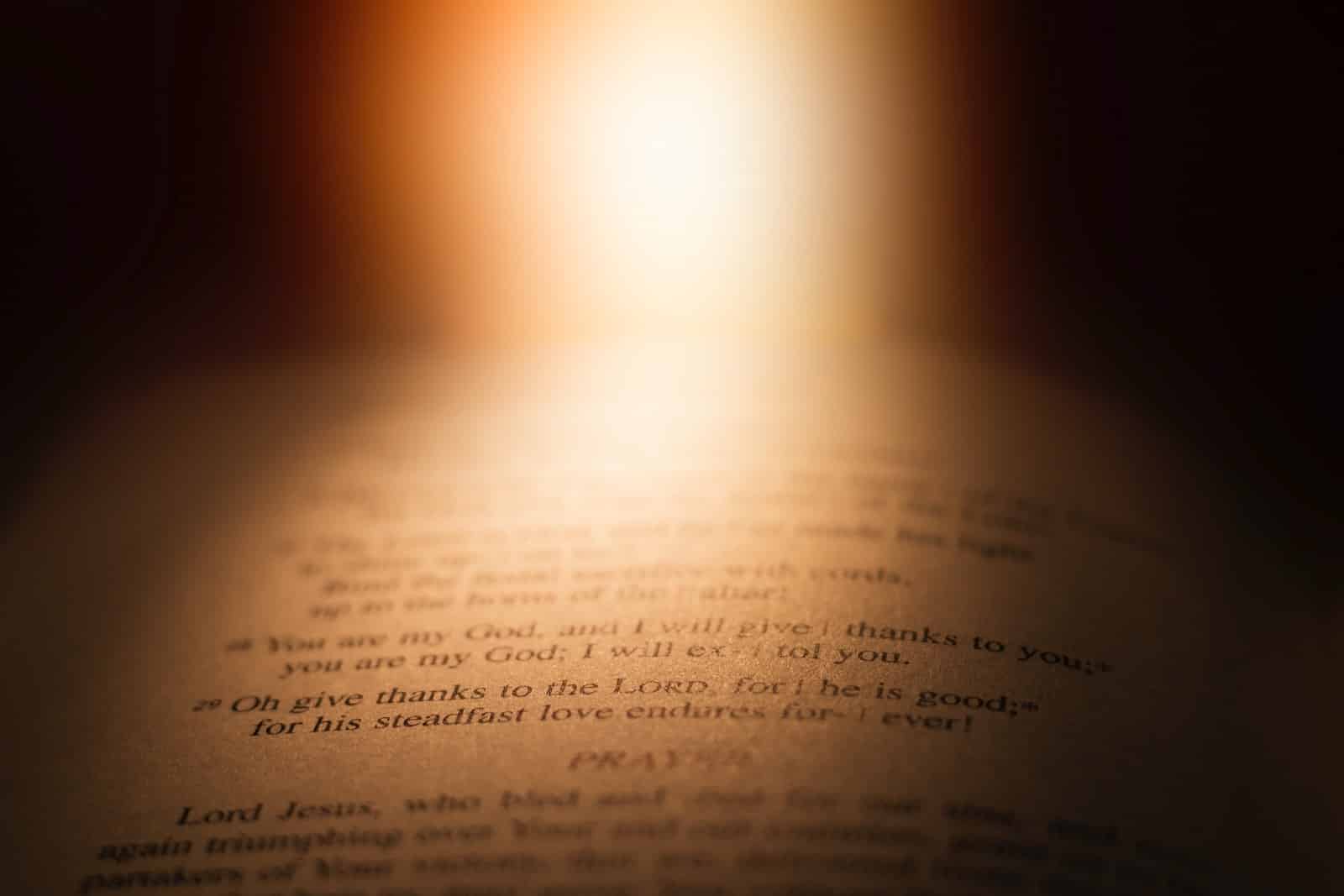The Particular Baptists (PB) arose out of a congregationalist church in London that was established in 1616, the Jacob Lathrop Jesse Church (JLJ). The church was founded by Henry Jacob, a committed Puritan congregationalist. Although Henry left the Church of England due to his congregational convictions, Henry still believed the Puritans in the church of England were brothers and sisters in Christ. By 1630, a number of the people in the church begin to ask if the baptism received in the Church of England was valid. This lead to five different groups leaving the JLJ between 1638 and1644 to start PB churches.1Of the five churches, the first PB church was started by John Spilsbury in 1638. While Henry himself was not convinced of the PBs’ view of the sacrament of baptism, he graciously allowed them to leave to form churches that practiced believer’s baptism. Henry’s irenic spirit allowed him to both recognize and support the Spirit’s work in other “gospel churches.” This is seen both in his affirmation of his Puritan brothers and sisters within the Church of England, alongside his support of his PB brothers and sisters who left his congregation to form PB churches.
What is important to note here is the irenic soil from which the PB churches spring. The fires of persecution that scorched the PBs brought forth within their midst the precious stone of an irenic spirit. The General Baptists began with schism and hostility, claiming that only General Baptists were true Christians, but the PBs began with an irenic spirit of unity coupled with their biblical convictions. By 1688 the PBs in the British Isles had 250–300 churches.
However, shortly after the Act of Toleration of 1688 and the publishing of the Second London Confession, the PBs begin to experience decline. By 1750, there were only 150 remaining PB churches in England. While there are theological, cultural, and legal reasons for the decline, I would like to focus on the ecclesiological reason.2The nomenclature used for the various factors comes from Dr. Haykin’s module course for Reformed Baptist Seminary, The Life and Though of the English Particular Baptists Community, … Continue reading Within this factor, there is both an internal and external dimension. Internally, within the association of churches, theological controversy arose amongst the churches. A sort of congregationalism gone awry partnered with a kind of “dogmatic hair-splitting.” One example is congregational singing in corporate worship, which split the PB churches in London right down the middle (the controversy would impact the other PBs churches throughout the rest of England as well).
Externally, the PBs rejected the Great Awakening. Many of the PBs still had fresh in their minds the persecution that the Church of England had brought upon them. They had experienced persecution for their ecclesiological convictions. Now, it appeared that the Church of England, which persecuted them in years past, was experiencing a revival. As a result, they rejected the revival, in part, as a move to preserve their ecclesiology for which their fathers had suffered.
This ecclesiological factor is often overlooked, and all of the attention is give to the theological factor. However, remembering the spirit of the PBs at the beginning will give us insight to why they declined and why there were eventually revived in England. The PBs began in 1638 in the midst of persecution, but their irenic spirit fused with biblical/theological convictions resulted in rapid growth. This is in contrast to the eighteenth century, where the PB churches declined despite having obtained religious freedom. They had lost their irenic spirit of unity.
While the churches were in great decline, the Spirit brought revival to the PB churches again near the end of the eighteenth century through men like Andrew Fuller, John Ryland, John Sutcliff, and William Carey. One document that shows the PBs’ return to this irenic, unified, and gospel centered spirit, is John Sutcliff’s “The Prayer Call of 1784.” This was given to the churches in the Northamptonshire Association in a circulatory letter. A copy of this letter can be found here.
Let me highlight a few significant features of this circulatory letter:
- The ministers of the association were unanimously resolved together for the need for prayer meetings in the churches concerning the revival of churches and the spread of the gospel across the globe, “the general cause of the Redeemer.” The letter prescribes for the churches to pray on the first Monday of every month for an hour.
- The letter caries a sense of urgency and immediacy—“to bewail,” “to wrestle with God,” “to plead with God the many gracious promises of his Word.” The ministers were aware that their churches had lost their spiritual vitality and the great need for the gospel to go to distant places across the globe.
- The ministers recognized both their absolute dependence upon the Spirit in this endeavor and the church’s absolute duty to pray for this endeavor. They call the churches to “wrestle with God” through prayer for the “effusion of the Holy Spirit, which alone can produce the blessed effect.” Notice the paradox of wrestling with God and totally depending on God to do the work. The pouring out of the Spirit upon the ministers and churches was their “grand object” of prayer because apart from the Spirit’s work, their prayers for this work would be in vain. Yet, the letter calls churches to recognize their duty to pray for this endeavor, exhorting all the churches “to engage heartily and perseveringly” in it. The letter closes with a subtle challenge: “Surely we have love enough for Zion to set apart one hour at a time, twelve times in a year, to seek her welfare.”
- Last, the ministers display an irenic and selfless spirit. They exhort the churches to not only pray for revival in their own churches or assemblies (PB churches), but rather to pray for revival and vitality to be restored in all gospel churches, and for the spread of the gospel to go to the ends of the earth: “We shall rejoice if any other Christian societies [churches] of our own or other denominations will unite with us, and do now invite them most cordially to join heart and hand in the attempt.”
The movement from 1638–1784 can be quite instructive for the church today, and in particular, the “Reformed Baptist” churches today. A Church’s confessional commitments must always be coupled with an irenic Spirit that is in humble submission to the Word of God and is centered on the gospel of Jesus Christ. We must both maintain our ecclesiastical commitments while affirming the Spirit’s work in other gospel churches. Failure to wed these things together will result in an internal sectarianism that becomes petty and prideful, displacing the gospel from its central place and enthroning a confessional system where orthodoxy begins to be prized over orthopraxy, and the nuances of the gospel become prized over the necessity of proclaiming the gospel. The opposite error is the pursuit of experiential, “biblically pure” churches free of any confession, which usually leads to doctrinal drift.
The eighteenth century shows us both the perils of abandoning confessional standards and the dangers of drifting away from experiential Calvinism. Let’s pray for churches everywhere to be both particular and passionate, committed to Reformed Theology (of the 1689 brand of course!) and passionate for growing in and going with the gospel.
References
| 1 | Of the five churches, the first PB church was started by John Spilsbury in 1638. |
|---|---|
| 2 | The nomenclature used for the various factors comes from Dr. Haykin’s module course for Reformed Baptist Seminary, The Life and Though of the English Particular Baptists Community, 1638–1837, spring of 2020. |




